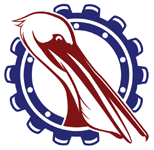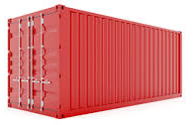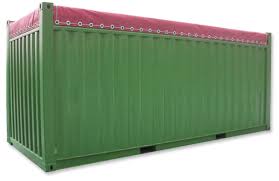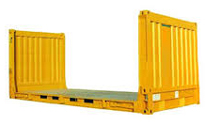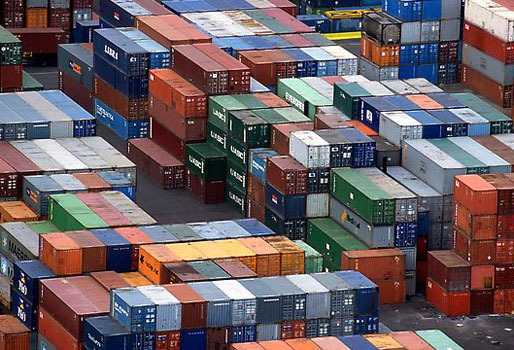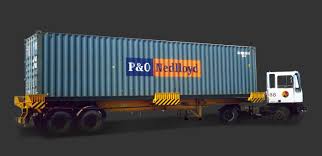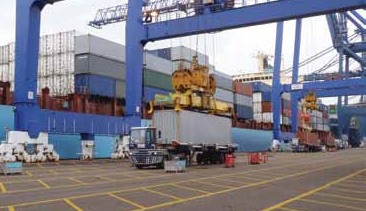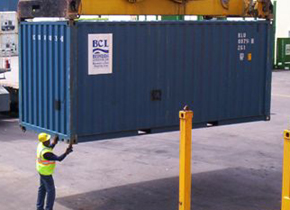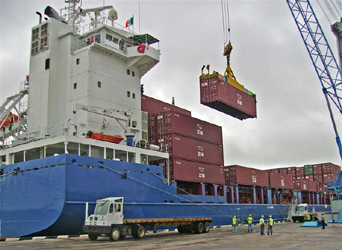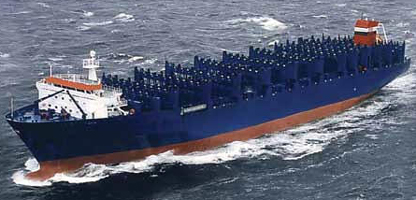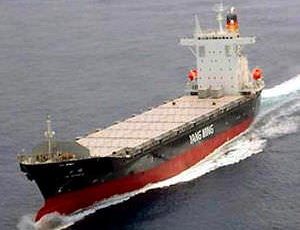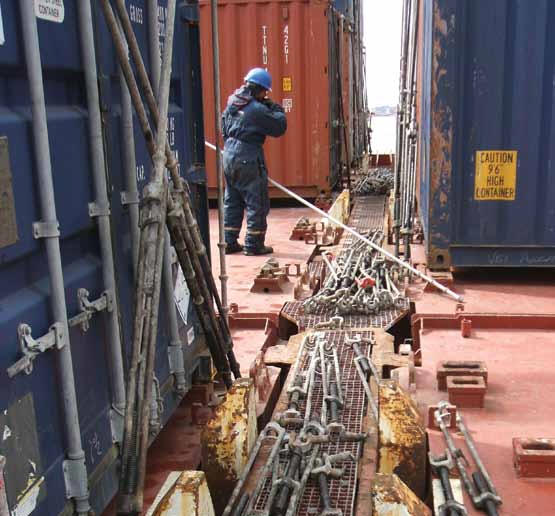|
||||||||||||||||||||||||||||||||||||||||||||||||||||||||
| How PM&I Can Help Prevent Delays | ||||||||||||||||||||||||||||||||||||||||||||||||||||||||
| Free Classified Equipment Ads: Global & Comprehensive | ||||||||||||||||||||||||||||||||||||||||||||||||||||||||
| Purchase ONLINE Select Products Only | ||||||||||||||||||||||||||||||||||||||||||||||||||||||||
|
||||||||||||||||||||||||||||||||||||||||||||||||||||||||
|
|
||||||||||||||||||||||||||||||||||||||||||||||||||||||||
|
|
||||||||||||||||||||||||||||||||||||||||||||||||||||||||
| Join PM&I's Email Newsletter List | ||||||||||||||||||||||||||||||||||||||||||||||||||||||||
| Free Classified Equipment Ads: Global & Comprehensive | ||||||||||||||||||||||||||||||||||||||||||||||||||||||||
| California ◊ Florida ◊ Shanghai ◊ Germany | ||||||||||||||||||||||||||||||||||||||||||||||||||||||||
| Lagos Nigeria ◊ Valparaiso Chile ◊ Dubai UAE | ||||||||||||||||||||||||||||||||||||||||||||||||||||||||
| Trusted Since 1985 | ||||||||||||||||||||||||||||||||||||||||||||||||||||||||

 |
||||||||||||||||||||||||||||||||||||||||||||||||||||||||
|
Pacific Marine & Industrial is a registered service mark of: |
||||||||||||||||||||||||||||||||||||||||||||||||||||||||
| Quality Pacific Manufacturing, Inc. | ||||||||||||||||||||||||||||||||||||||||||||||||||||||||
| Copyright 1985-2024 | ||||||||||||||||||||||||||||||||||||||||||||||||||||||||
| All Rights Reserved - V2 | ||||||||||||||||||||||||||||||||||||||||||||||||||||||||
